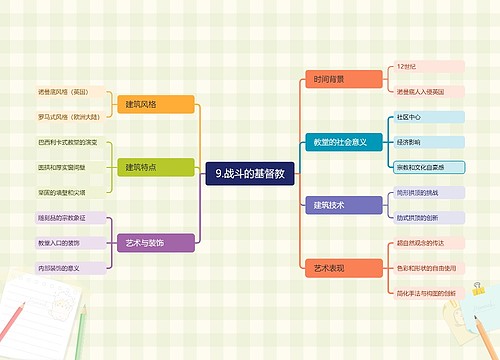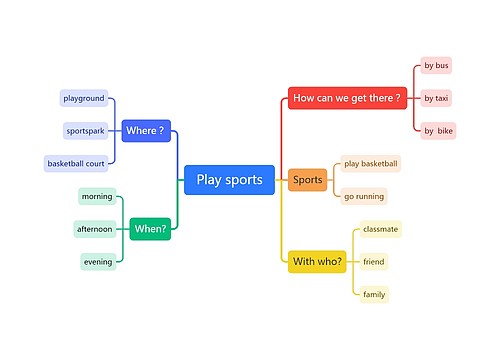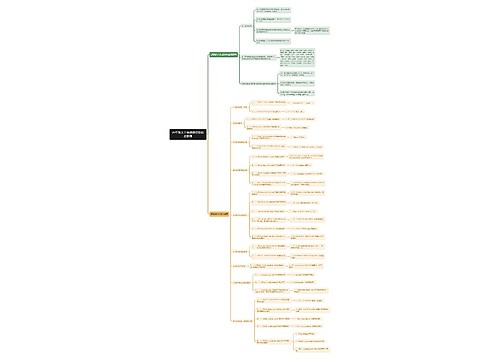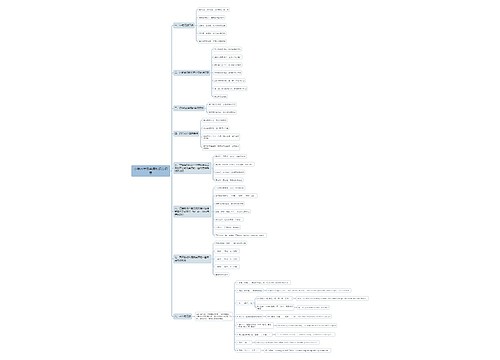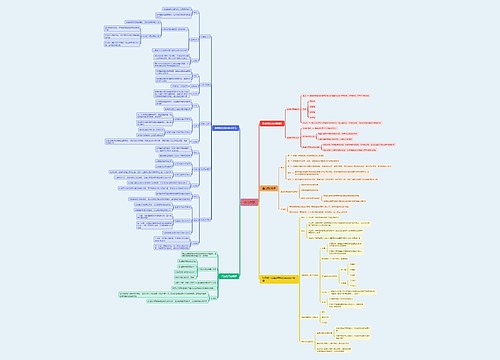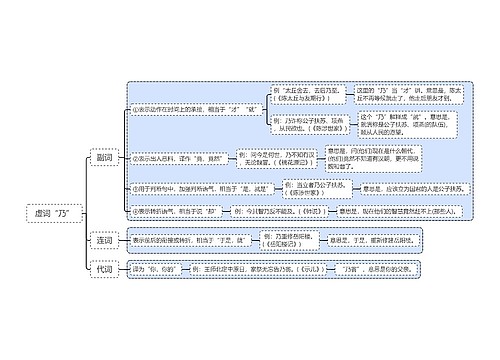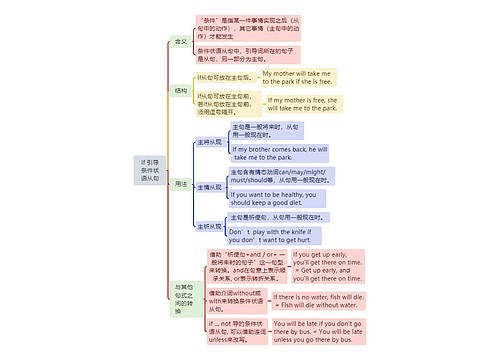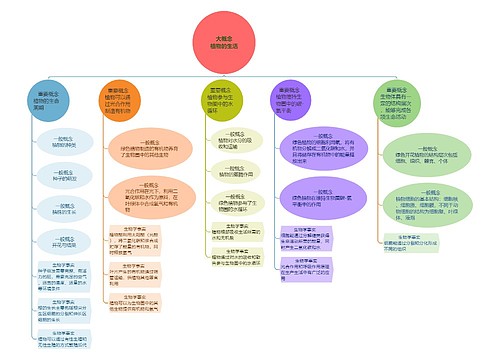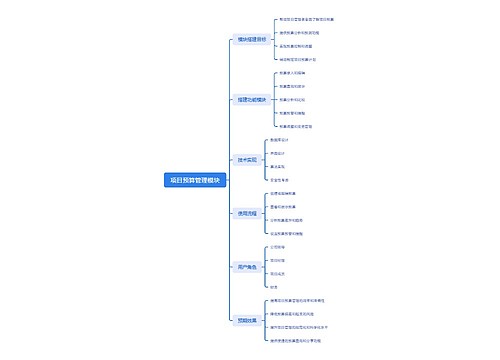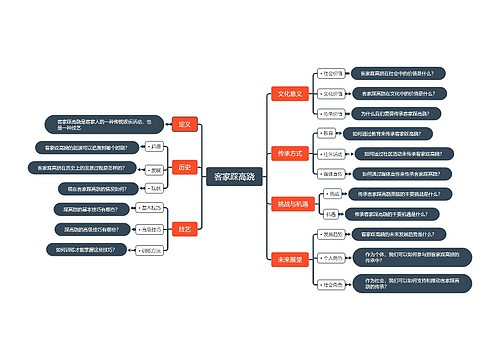使用圆周句periodic sentences(前面铺垫 后面强调)
active voice 主动语态
balanced sentence平衡句cleft sentence分裂句,强调句climactic order 渐进顺序,高潮顺序
end-focus 句末焦点
end-weight句末重心
front-focus句首焦点
fronting 前置
full inversion 完全倒装
inversion倒装
partial inversion部分倒装
使用渐进语序climactic order
Unemphatic: I value a friend who is loving, virtuous,and sweet. Revised: I value a friend who is sweet, loving,and virtuous.
使用主动语态active voice
主动语态是物体动作的发出者,比被动语态更有力度,因为被动语态是承受者,
重复重点词语repetition of important words(但有时并不是简单的重复 可能是同义词替换 可能是更详细的阐述等)
Unemphatic:Let our object be our country,and nothing else.
Revised: Let our object be our country, our whole country, and nothing but our country.
使用平行结构balanced sentence structures
平行结构将相反或相似的思想内容放到相同的语法结构中,语气强劲有力,节奏和谐悦耳,从而可以给读者留下深刻的印象。
United, we stand; divided, we fall.
To be French is to be like no one else; to be American is to be like everyone else.
交替使用长短句 variation in sentence length
长句常用于复杂的描述、解释与论证,而短句常用于预先概述与总结。长句和短句交替使用可增加句式的多样性。在一系列长句之后使用短句可以引起读者的注意,使表达更为明确、有力。
使用强调句型cleft sentences
It +be +subject/object/adverbial/complement + that/who-clause.
Subject as focus: It was John who/that ordered the tropical fruit pizza.
Object as focus: It was the tropical fruit pizza that John ordered.
Adverbial as focus: It was on Tuesday night that John ordered the pizza.
Complement as focus: It is green that we will paint our bathroom.
Two other types of cleft sentences are introduced by the pronouns “what" and “all.” Both types may appear in the reversed order.
What-cleft:What I want is just peace.
What-cleft: Peace is just what I want.
All-cleft: All I need now is a good sleep.
All-cleft: A good sleep is all I need now.
倒装句invertion of the sentence order(部分or完全)

 U633687664
U633687664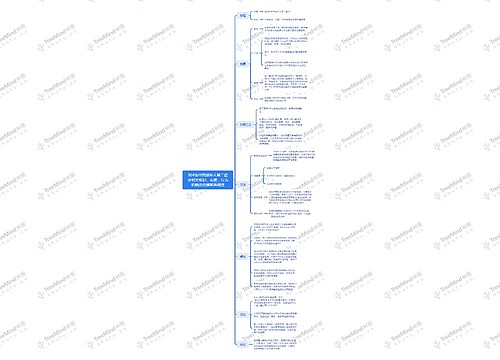
 U582679646
U582679646